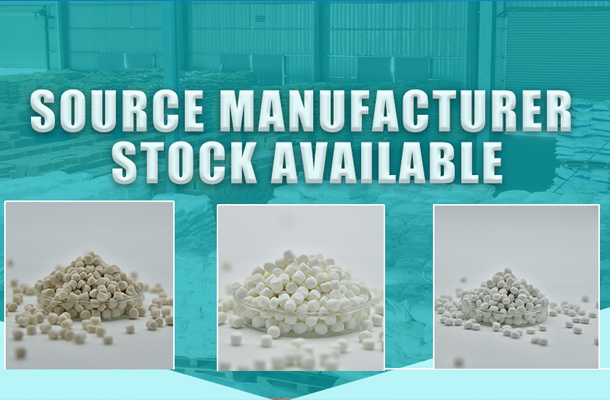Anatase and rutile are two primary crystalline forms of titanium dioxide (TiO₂), each with distinct properties that make them suitable for different applications. Here are the key differences between anatase titanium dioxide and rutile titanium dioxide:
Crystal Structure: Both anatase and rutile have tetragonal crystal structures, but their unit cell arrangements differ, leading to variations in their physical properties.
Refractive Index: Rutile has a higher refractive index (approximately 2.71) compared to anatase (approximately 2.55). This higher refractive index contributes to rutile's superior hiding power and opacity, making it appear whiter and brighter.
Light Absorption and Reflectance: Rutile titanium dioxide absorbs ultraviolet (UV) light more effectively than anatase, providing better UV protection and colorfastness in outdoor applications such as paints and coatings. It also reflects visible light more efficiently, enhancing its opaqueness.
Photocatalytic Activity: Anatase is known for its greater photocatalytic activity, meaning it can more effectively break down pollutants and organic materials upon exposure to light. This property makes anatase suitable for self-cleaning surfaces, air purification, and certain antimicrobial applications.
Thermal Stability: Rutile is thermally more stable than anatase. When heated, anatase can transform into rutile, altering its properties. This transformation temperature is typically above 500°C but can vary depending on the specific conditions and the presence of impurities.
Mechanical Properties: Rutile is generally harder and more abrasion-resistant than anatase, contributing to its durability in high-wear applications.
Application Focus: Due to its excellent weather resistance, high opacity, and color stability, rutile titanium dioxide is widely used in exterior coatings, automotive paints, and plastics that need to withstand outdoor environments. Conversely, anatase, with its strong photocatalytic properties and good whiteness, finds applications in indoor paints, printing inks, plastics, and as a photocatalyst in environmental remediation technologies.
In practice, manufacturers may blend anatase and rutile forms to achieve a balance of properties suited for specific product requirements. Additionally, advancements in synthesis methods allow for the creation of titanium dioxide with engineered properties that combine the best aspects of both forms.








